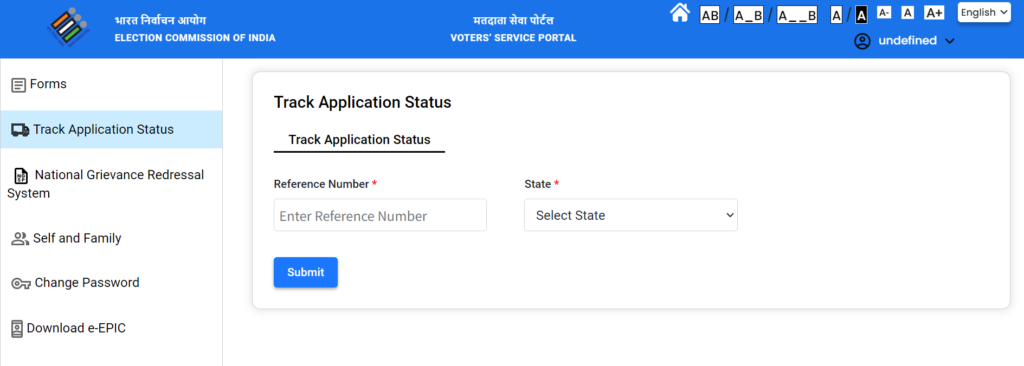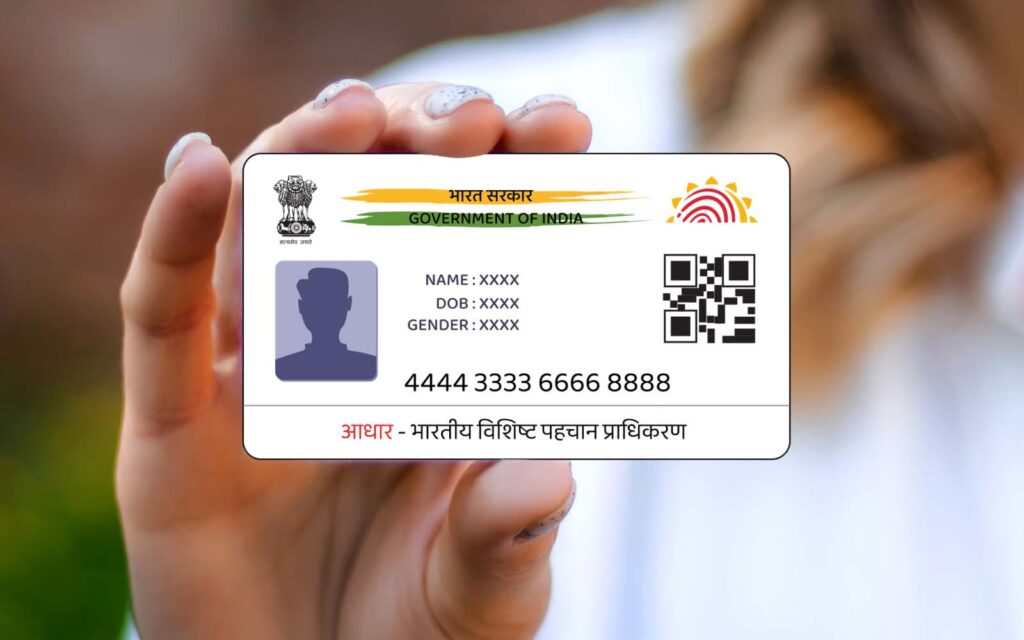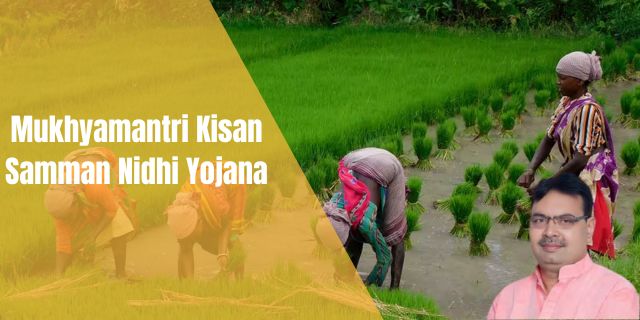Voter ID Status
The Voter ID, or Voter Card or Electors Photo Identity Card (EPIC) is a very important document to have in the largest democracy of the world. One of the fundamental rights guaranteed by democracy is the right to vote. This right can be exercised through the Voter ID. The inception of Voter ID goes right back to the days of independence. After the Colonial British Rule Ended, elections were held. Before the first general elections could be held, the country needed a system to identify all the citizens who were eligible to vote. For this, the Election Commission of India brought to its citizens the voter card. What Is Voter ID, Voting ID, Voter Card, Voter ID Card, Election Card? The Election Commission ID is also known as the Voter’s ID in India. It is an important document that Indian citizens need in order to be able to vote. These are unique components of the Voter ID: A serial number The voter’s photograph A state hologram Name of the voter Name of the voter’s father Gender Card holder’s date of birth The voter’s address Signature of the issuing authority Voter ID Eligibility The prerequisites to apply for a Voter ID are: You should be an Indian citizen You should be 18 years old or 18 years old as of January 1 of the year you’re planning to vote in. Are you a resident of the constituency you want to enrol in and vote in? If you have not been disqualified to be an elector. Documents Required For Voter ID Address Proof Passport Utilities bill (gas, water) Rental agreement Ration card Bank Passbook or statement AADHAAR Card Proof Of Age 10th Standard Certificate Birth Certificate PAN Card AADHAAR Card Driver’s Licence Passport Kisan Card Proof of Identity PAN Card Driver’s Licence Ration Card Passport Copy Bank Passbook with Photograph SSLC Certificate Student ID Card AADHAAR Card How To Apply for Voter ID Online: Navigate to the Election Commission Website Go to the Election Commission’s website Choose your state from the list You will automatically go to the Chief Electoral Officer page of your state. Log In Now, you will have to log in to the website. If you’ve never been to this website, register as a new user. New users, fill out your name, email, phone number, and create your account Choose the Continue button Your login details will be sent to your email address Log in with the username and password, and then change your password After you log in, select “Form 6” or “Application for including name in assembly constituency voters list.” Fill Out the Application Enter all your personal details in the application form. Upload a passport-size colour photograph, and then “Submit” the firm and photograph. Verify Identity After you submit the application, you will be asked to visit your closest voter ID centre. Go to the centre with your supporting documents, including identity proof and address proof. The Election Commission will send your new voter’s card within 1 week. Download EPIC Card Go to the Election Commission website and select E-EPIC Download. You will be redirected to a login page, where you need to submit your EPIC card details. After submitting these details, you can download your card. Offline or In-person: You can register for your Voter ID offline by following the steps mentioned below. You can download and print a Form 6 application, or you can visit your local Election Commission office and get a Form 6 there. A Form 6 application is free at the Electoral Registration Officers/Assistant Electoral Registration Officers and Booth Level Officers offices. Along with the application, you will need to submit photocopies of the required documents listed above in the required documents section. Submit the application and documents at the office of the Electoral Registration Officer/Assistant Electoral Registration Officer. Alternatively, you can mail in your application and required documents to the Booth Level Officer in your constituency. FAQs What is the importance of a Voter ID? The voter ID is an essential document that every citizen of the country needs to exercise their right to vote and participate in the democratic process of elections. Who can apply for a Voter Card? Here are the eligibility criteria- 1- Citizens must be at least 18 years of age. 2- Residents of the constituency they want to enrol in. 3- Not be disqualified from applying for a Voter ID.


